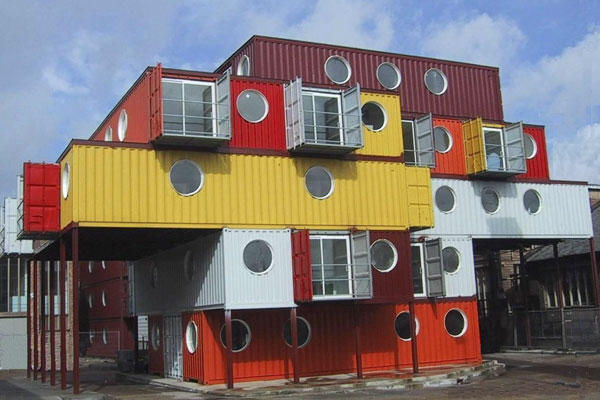statler
Senior Member
- Joined
- May 25, 2006
- Messages
- 7,939
- Reaction score
- 547
If everything you just said were true NYC should be a desolate wasteland and Detroit the center of the universe.
Locally, the West End would be the place to be and we would talking about how we should fix the North End, South End, Beacon Hill and Back Bay.
Face it. The Seaport is the new West End.
Locally, the West End would be the place to be and we would talking about how we should fix the North End, South End, Beacon Hill and Back Bay.
Face it. The Seaport is the new West End.




